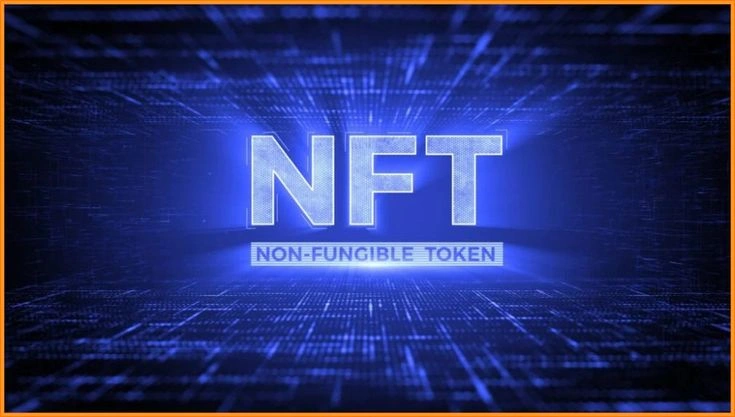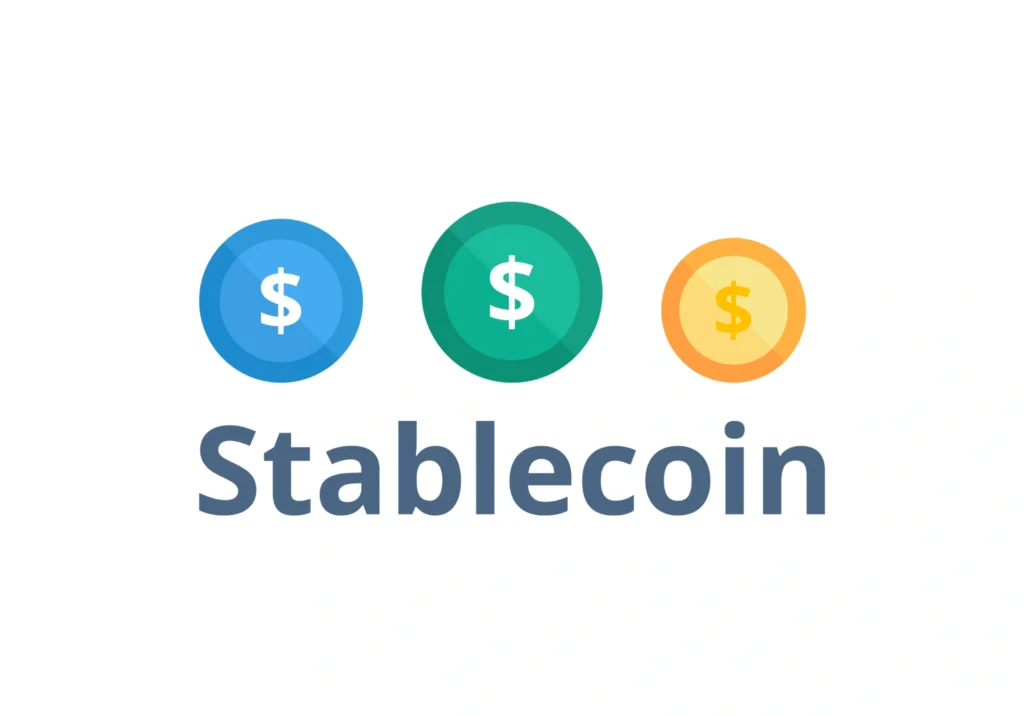Web3 Spending Behavior: 5 Types of People You’ll Meet in the Crypto Economy
January 18, 2025

Web3 spending behavior: Let’s face it—money in Web3 doesn’t act like money in the traditional world. Gone are the days of getting a paycheck, swiping a debit card, and calling it financial planning. In the crypto economy, people spend, save, and stress very differently.
Below are the five most common Web3 spending personas. Which one are you?
1. The Token-to-Token Hustler (a.k.a. Crypto Paycheck-to-Paycheck)


Mindset: Survive today, hope the chain pays tomorrow.
Income Style: Gig bounties, NFT royalties, DAO stipends.
Spending Behavior: Earn a token, spend it fast. Maybe it drops 20% by next week anyway.
These folks are the freelancers, creators, and community mods trying to stay afloat in a sea of volatility. They might be earning ETH or governance tokens, but timing is everything. One delay in payment or a sudden dip in token value? That’s next week’s groceries gone.
And don’t even get them started on gas fees.
2. The Stack-and-Hold Strategist

Mindset: Don’t spend—stack.
Income Style: Long-term holding, staking, strategic swaps.
Spending Behavior: Passive income, minimal selling, compound everything.
These are the people turning DeFi into a game of chess. They stake, LP, and farm—not because it’s trendy, but because it’s smart. They treat tokens more like stocks: you don’t sell unless the upside is met. They’re building financial moats out of smart contracts.
They don’t ask, “What’s my next gig?” They ask, “Is my APY compounding fast enough?”
3. The NFT Power User
Mindset: JPEGs with purpose.
Income Style: NFT royalties, flipping, or holding with real utility.
Spending Behavior: Uses NFTs for access, leverage, or yield—not just flex.
These aren’t your average JPEG collectors. They’re minting early, accessing token-gated tools, or using NFTs for loans. Some NFTs get them into real-life conferences. Others reduce their software costs.
Sure, they might still flip on hype. But many of them see NFTs as part of a utility stack, not a digital trophy case.
4. Web3 spending behavior: The Meme Coin Maverick

Mindset: All-in, moon-or-bust.
Income Style: High-risk, high-volatility speculation.
Spending Behavior: YOLOs into tokens, exits on green days—hopefully.
They’re not reading whitepapers. They’re reading Telegram pumps. This group rides meme waves, hoping for 100x… or at least to break even.
Sometimes they win big. Sometimes they disappear for a few months. Either way, they’re part of the spending behavior spectrum, and they skew the volatility curve hard.
Caution: financial freedom not guaranteed.
5. Web3 spending behavior: The Hybrid Spender


Mindset: Balance is alpha.
Income Style: Stablecoin salaries, token upside, NFT utility.
Spending Behavior: Combines stable income with crypto-native strategies.
The hybrid is the future. They might get paid in USDC, but they hold some ETH. They keep a few NFTs with actual utility. Maybe they borrow against them, maybe they don’t. They optimize for flexibility, not just maximum yield.
This group sees crypto not just as money—but as modular money. Their goal? Optionality, freedom, and a financial system that actually works for them.
Web3 spending behavior: Where Do You Fit In?

Web3 doesn’t follow one financial model—it’s an ecosystem of money behaviors. Some are just surviving the next airdrop; others are architecting long-term portfolios. The real edge? Knowing where you stand—and how to evolve.
Because in the world of decentralized finance, your spending style is your strategy.
Relevant News: Here

